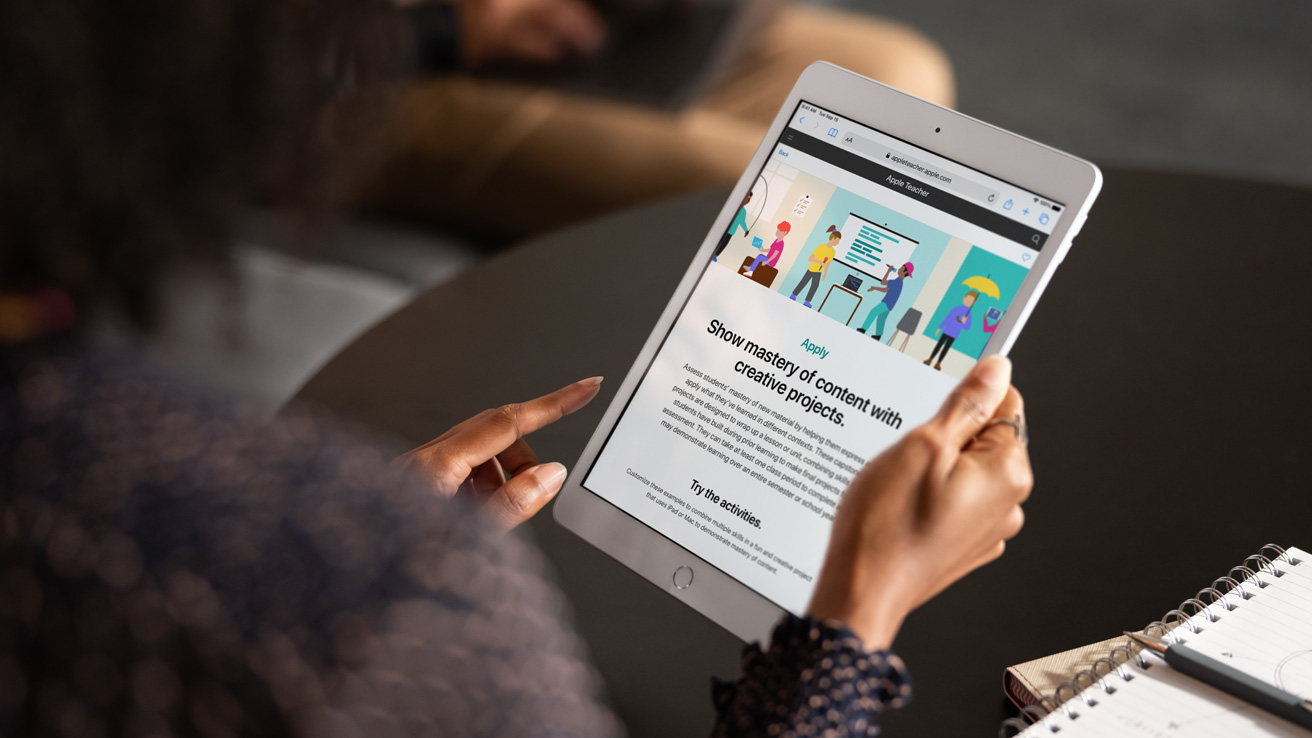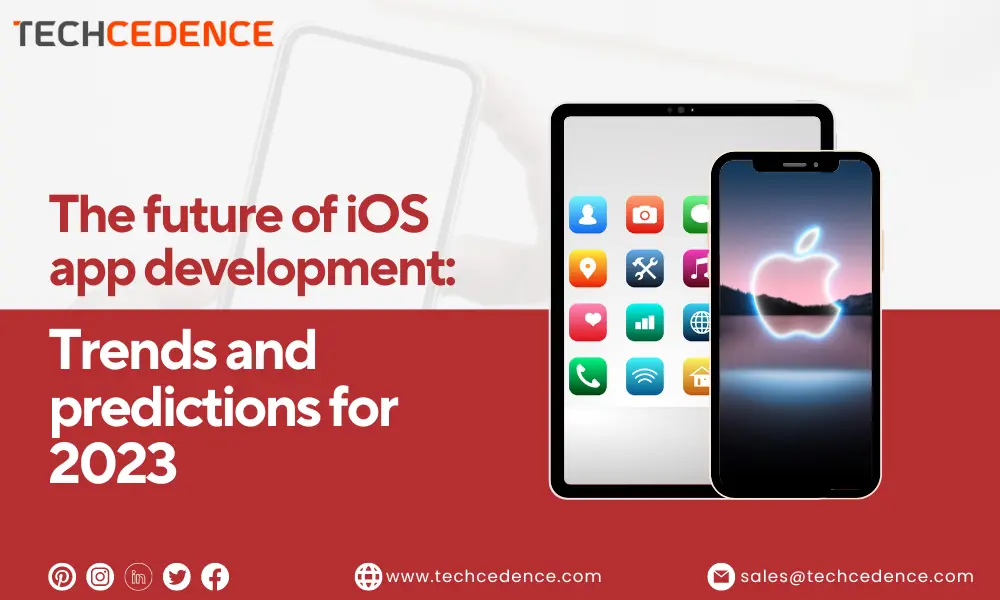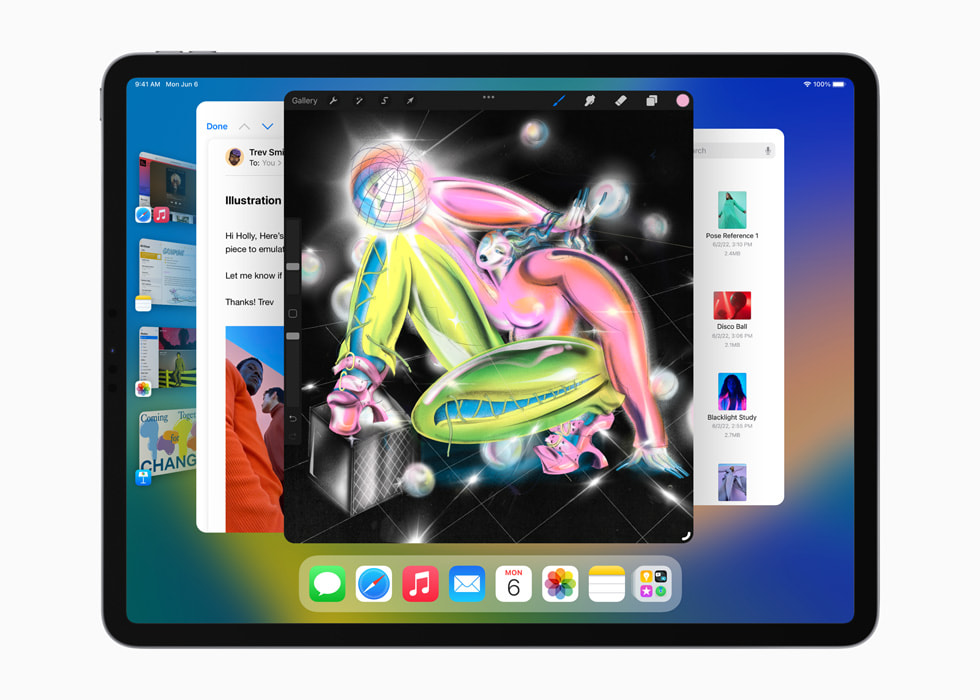In today’s fast-paced, technology-driven world, education is undergoing a profound transformation. Traditional methods of teaching and learning are evolving, and one of the most significant drivers of this change is Apple’s iOS technology. Apple has long been a pioneer in creating innovative products, and their foray into education has been no exception. In this blog post, we’ll explore the ways iOS is shaping education, revolutionizing classrooms, and providing educators and students with powerful tools to enhance the learning experience.
- The iPad Revolution
The iPad, powered by iOS, has been at the forefront of the digital education revolution. This sleek and versatile device has found its way into countless classrooms, replacing heavy textbooks and redefining the way students interact with educational content.
With the iPad’s intuitive touch interface, students can engage with educational materials in a more interactive and immersive manner. Whether it’s reading a digital textbook, conducting scientific experiments with interactive simulations, or creating multimedia presentations, the iPad offers endless possibilities for learning. Teachers can personalize lessons, assess students’ progress, and provide instant feedback, making education a more dynamic and student-centric experience.
- Educational Apps for All Ages
The App Store boasts a vast selection of educational apps, catering to learners of all ages. From preschoolers learning their ABCs to university students conducting advanced research, there is an app for almost every educational need.
One shining example is the Swift Playgrounds app, which introduces students to the world of coding in a fun and interactive way. For younger learners, apps like “Procreate” provide a creative platform to develop art skills. These apps aren’t just about rote learning; they encourage critical thinking, problem-solving, and creativity, essential skills for the 21st century.
- Accessibility for All
iOS and Apple’s commitment to accessibility have made learning more inclusive. With built-in features like VoiceOver, Magnifier, and Sound Recognition, iOS devices cater to individuals with a wide range of abilities. These accessibility features enable students with disabilities to participate in mainstream education, ensuring that no one is left behind.
For example, VoiceOver reads aloud what’s happening on the screen, enabling visually impaired students to navigate the iPad and access digital content. Additionally, iOS devices can be connected to Braille displays, making it possible for blind students to read and write in Braille digitally.
- Collaboration and Communication
Effective communication and collaboration are essential skills that extend beyond the classroom. iOS devices facilitate teamwork, enabling students to collaborate on projects and assignments with ease. Apps like “Pages,” “Numbers,” and “Keynote” encourage students to work together on documents, spreadsheets, and presentations in real-time.
Furthermore, iOS devices connect students and educators, providing an efficient means of communication. Teachers can share resources, give instant feedback, and maintain a direct line of communication with students through platforms like Apple’s Classroom app. This digital connection fosters a more responsive and dynamic learning environment.
- A Global Classroom
The digital age has shrunk the world, and iOS technology has played a pivotal role in globalizing education. With platforms like iTunes U and the App Store, students and educators can access educational content from all over the world. Whether it’s a lecture from a renowned professor at a prestigious university or language learning materials, iOS devices break down geographic barriers to learning.
This global classroom is especially valuable for remote and online learners. It provides access to high-quality educational resources, fostering a spirit of curiosity and exploration. The ability to connect with a diverse range of educators and learners worldwide enriches the educational experience in profound ways.
- Data-Driven Insights
iOS devices also enable educators to collect and analyze data about student performance. Tools like Apple Schoolwork and other third-party apps allow teachers to track students’ progress, identify areas where students may be struggling, and tailor their teaching accordingly. This data-driven approach empowers educators to provide personalized support to each student, ensuring that no one falls through the cracks.
- Security and Privacy
With the increasing reliance on digital devices in education, concerns about data security and privacy have never been more critical. Apple’s commitment to user privacy is well-known, and iOS devices are designed with privacy in mind. They include features like Sign in with Apple, which offers a secure and private way to authenticate users, and a robust set of privacy controls that allow users to decide how their data is used.
In an educational setting, this focus on security and privacy is of utmost importance, as it ensures that students’ personal information remains protected.
- Ongoing Updates and Support
Apple’s dedication to improving iOS devices for educational use is ongoing. Regular software updates bring new features and enhancements that benefit both educators and students. The seamless integration of iOS with Apple’s ecosystem, including iCloud, ensures a smooth and consistent experience across devices.
Moreover, Apple offers extensive support and resources for educators, including the Apple Teacher program, which provides training and certification. This empowers teachers to harness the full potential of iOS in their classrooms.
Conclusion
iOS technology, with its range of devices and educational apps, has transformed the landscape of education. From personalized learning experiences to fostering collaboration and inclusivity, iOS has left an indelible mark on the way we learn and teach. In an age where digital literacy is as important as any other skill, Apple’s commitment to education is a beacon of hope for a brighter and more connected future.
As iOS continues to evolve and adapt to the changing needs of educators and students, the potential for innovation in education is boundless. The iPad, with its power and versatility, is not just a device; it’s a gateway to a world of knowledge and possibilities. With Apple’s iOS technology at the helm, education has never been more exciting, dynamic, and inclusive. The classroom of the future is here, and it’s powered by iOS.




